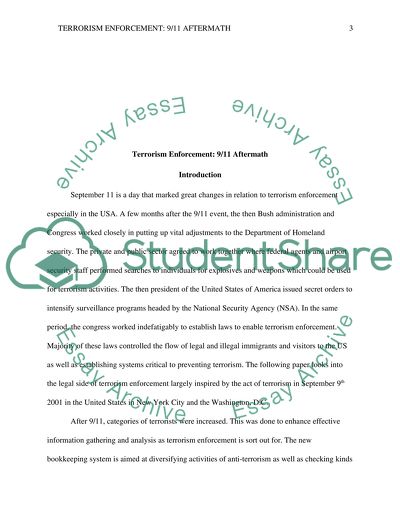Cite this document
(“Terrorism Enforcement Research Paper Example | Topics and Well Written Essays - 2000 words”, n.d.)
Retrieved from https://studentshare.org/law/1463266-terrorism-enforcement
Retrieved from https://studentshare.org/law/1463266-terrorism-enforcement
(Terrorism Enforcement Research Paper Example | Topics and Well Written Essays - 2000 Words)
https://studentshare.org/law/1463266-terrorism-enforcement.
https://studentshare.org/law/1463266-terrorism-enforcement.
“Terrorism Enforcement Research Paper Example | Topics and Well Written Essays - 2000 Words”, n.d. https://studentshare.org/law/1463266-terrorism-enforcement.


